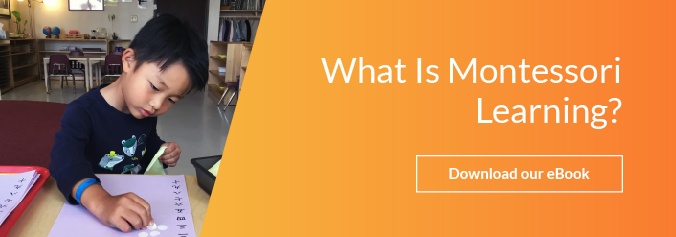When you think about the goals you have for your child’s education, what comes to mind? Do you think about short-term wins like doing well on a test or passing a class? Probably not. Your goals for your child’s education go far beyond the next test, semester, or school year. In fact, when you think about the goals you have for your child’s education, the most important ones are those that will impact his or her success outside of the classroom. These goals are about who your child will become in the future. One of the most important characteristics parents want for their children to develop is independence. Creating independence will help your child in all aspects of life – inside and outside of the classroom. The design of Montessori learning fosters independence in each student.
Working together helps create independence
One of the ways that Montessori education helps create independence is by giving students plenty of opportunities to work together. In the Montessori classroom, many of the learning options involve working in pairs or small groups. This group work helps develop independence because students are given the responsibility for ensuring that the group functions properly. The teacher does not micromanage the group work. Instead, students are expected to figure out delegation and deal with issues that arise on their own whenever possible. Each student learns to pull his or her own weight, which helps build both confidence and independence.
Students get to make choices throughout the day
Another way that Montessori education fosters independence is by giving students choices throughout the day. Students get to have a say in important aspects of their education – such as how they learn and the topics they want to study. Allowing the students to have a voice in what they learn helps them develop a sense of responsibility for their education. And, when they have a sense of personal responsibility for their education, students start taking independent action when it comes to learning inside and outside of the classroom.
Students are able to move at their own pace
In addition to having a choice in what and how they learn, Montessori students get the opportunity to move through content at their own pace. Setting their own pace means that a student advanced in math can move quickly through concepts without having to wait on others in the classroom to catch up. This ability to set the pace creates opportunities every day for focused and independent work. Being able to set the pace helps Montessori students develop the ability to learn and work independently.
Montessori students get opportunities to practice independence every day in class. Working with others, making choices, and setting the pace for learning are important ways that your child will develop independence in the Montessori classroom. You can see all of these elements in action for yourself by scheduling a time to observe a class.












Let us know what you think about this post
Put your Comment Below: